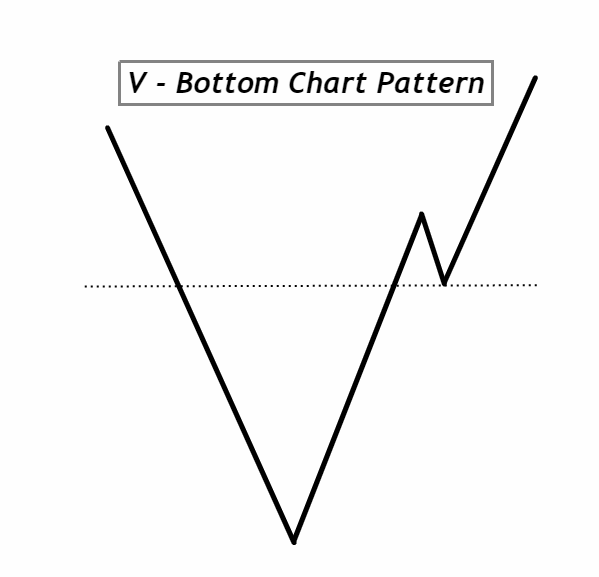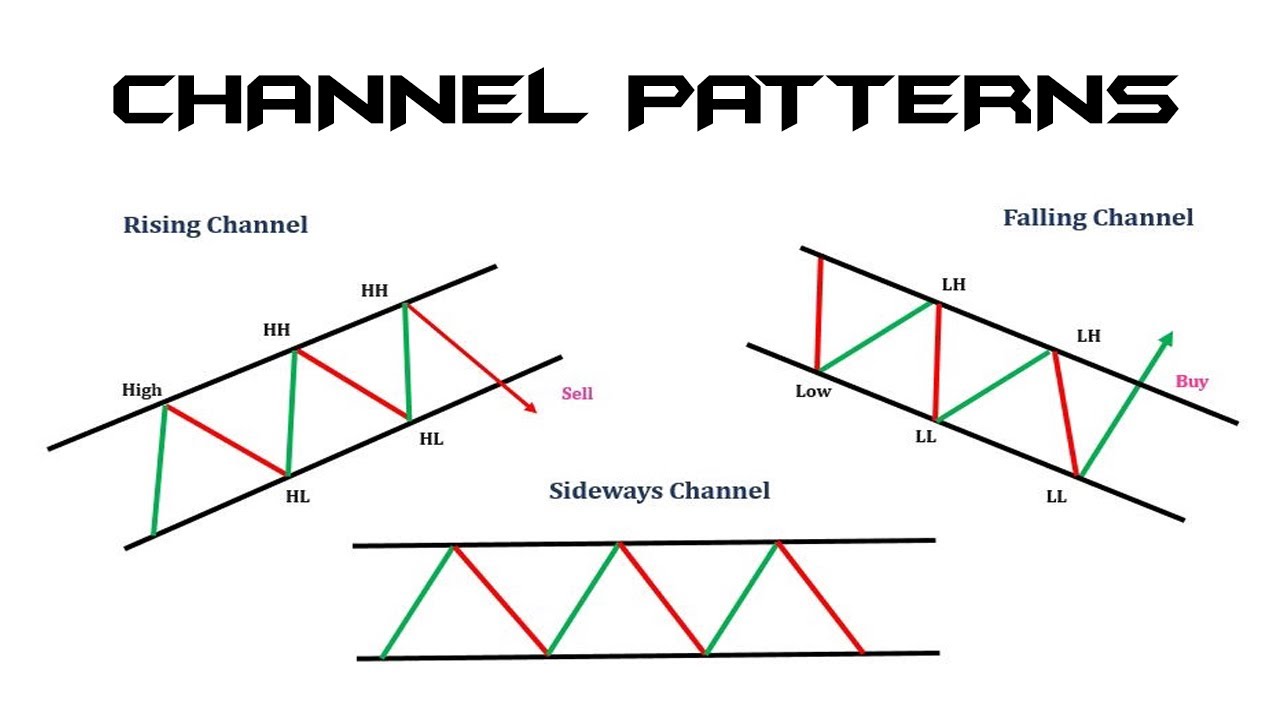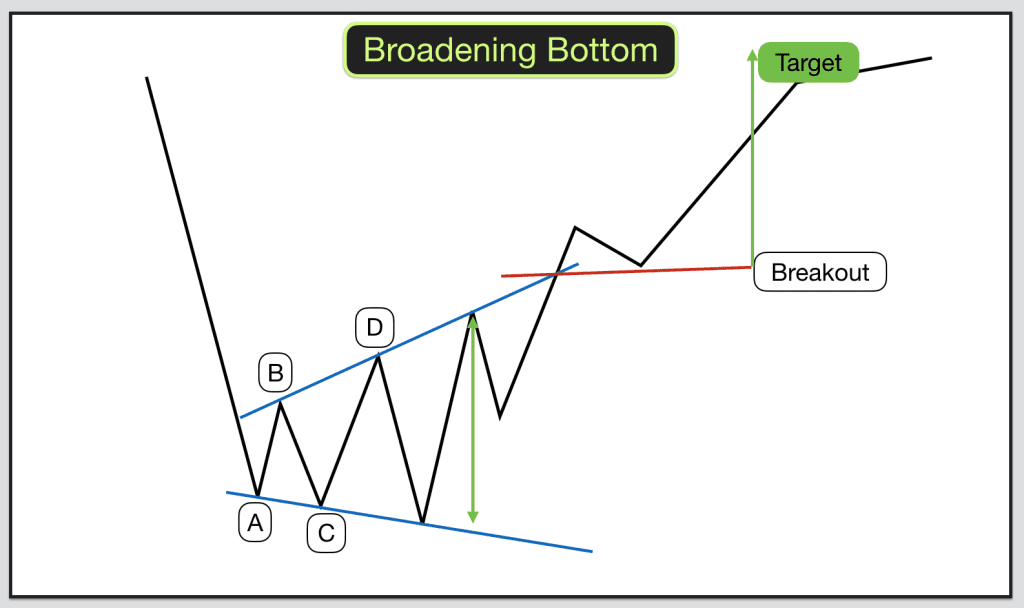
Single Stock ETFs, or exchange-traded funds, are investment vehicles that provide exposure to a single individual stocks rather than a diversified portfolio of various assets. It is designed to track the performance of the underlying stock and provide investors with the exposure to it.
What are Single-Stock Exchange-Traded Funds?
The Single-stock exchange-traded funds launched in the U.S. in July 2022 offering investors leveraged exposure to a single stock. After trading in Europe for more than a decade, these more complex ETFs are becoming very popular in the U.S.
Single-stock ETFs typically use leverage to magnify or trade at the inverse the daily performance of the single stock they track. The leveraged position of a single-stock ETFs allows for a heightened profit (or loss) from an investment in a single ETFs versus individual stock investing.
These leveraged exchange traded funds are not designed to be buy-and-hold ETFs like the QQQ or XLK ETFs or currency hedged ETFs as the desired returns are for only one day and investors holding them for longer periods may see significantly different performance because of the impact of compounding. Investors may even lose money, even if the underlying stock trades as expected. Single-stock ETFs get rebalanced daily which results in higher fees.
The Benefits of Investing in Single Stock ETFs
Investors considering Single Stock ETFs should be aware of several key aspects before incorporating them into their portfolios. One primary advantage is the ability to invest in a specific company without the need to buy individual shares, providing instant diversification within that stock. This can be particularly appealing to investors who want exposure to a specific industry, sector, or company with growth potential.
Below are some other potential benefits for those investing in single-stock ETFs depending on their investment objectives and preferences.
- Focused Exposure – Single-Stock ETFs provide a concentrated exposure to a specific security. This can be beneficial for those who have a strong conviction about a stock.
- Diversification within a Single Stock – Single-stock ETFs, although follows a single stock, typically hold portfolio of assets related to the selected stock. This diversification can help mitigate some of the risks with owning the individual company.
- Cost Efficiency – The expense ratio associated with single-stock ETF are typically lower than other ETFs.
- Liquidity and Accessibility – Similar to other ETFs, single-stock ETFs are traded on the stock exchanges offering liquidity and ease of access to investors.
- Transparent Holdings – Single-stock ETFs disclose their holding regularly, allowing investors to see the underlying assets within the ETF.
- Tax Efficiency – All ETFs including the single-stock ETFS are generally tax-efficient investment vehicles. The “in-kind” creation and redemption process helps to minimize capital gains distributions and thus, reducing the tax impact on investors.
The Risk of This Type of Investment
While there are benefits to investing in single-stock ETFs, it’s crucial for investors to carefully consider the associated risks, including the potential for increased volatility and concentration risk. Conducting thorough research, understanding the specific characteristics of the chosen single-stock ETF, and aligning the investment with one’s overall financial goals are essential. Below are some key Risks to consider when investing in single-stock ETFs.
- Concentration Risk – Due to the nature of the single-stock ETF, concentration risks become a significant concern because the value is closely tied to the performance of a single specific security.
- Volatility – Volatility reflects the magnitude of price fluctuations in the value of the single-stock ETF. Because these single-stock ETFs tend to be highly leveraged the price movements of the single-stock is amplified.
- Company-Specific Risks – Company-specific risk, also known as idiosyncratic risk, refer to the factors that affect a specific company’s performance and, consequently, the performance of any investment linked to that company. Common Company-specific risks include Business performance, earnings and financial health, management, and market perception to name a few.
- Lack of Diversification – Unlike normal ETFs which are made up of a diversified portfolio that typically hold a broad range of securities across various sectors, industries, etc, a single-stock ETF focuses on a single specific stock. Thus, if the single stock underperforms can lead to poor performance.
- Behavioral Bias and Emotional Decision-Making – Investors in single-stock ETFs may tend to be over bias and thus, can lead to suboptimal investment decisions.
Given these risks, investors should carefully assess their risk tolerance, investment goals, and time horizon before deciding to invest in single-stock ETFs.
What are the Best ETFs for Leveraged Investment?
Leveraged ETFs are funds that use financial derivatives and debt to amplify the returns of an underlying index or sector. Some of the best leveraged 3x ETFs and 2x leveraged ETF are:
- ProShares UltraPro QQQ (TQQQ) – tracks 3x the daily performance of the Nasdaq-100 Index.
- ProShares UltraPro S&P500 (UPRO) – tracks 3x the daily performance of the S&P 500 Index.
- Direxion Daily Semiconductor Bull 3x Shares (SOXL) – tracks 3x the daily performance of the PHLX Semiconductor Sector Index.
- ProShares Ultra Bloomberg Crude Oil (UCO) – tracks 2x the daily performance of the Bloomberg WTI Crude Oil Subindex.
- Direxion Daily Technology Bull 3X Shares (TECL) – tracks 3x the daily performance of the Technology Select Sector Index.
Some other favorite Single Stock ETFs include:
- Tesla ETF
- Apple ETFs
- Nvidia single stock ETF
- Direxion stock
AXS Investments launched eight new single stock leveraged exchange traded funds in 2022 focusing on companies including Tesla Inc. (TSLA), Nvidia Inc. (NVDA), PayPal Inc. (PYPL), Nike Inc. (NKE), and Pfizer (PFE). As noted on AXS Investments website, these funds are highly leveraged and are intended to be used as short-term vehicles and are subject to significant risks and are not suitable for all investors.
Make the Best Investment Decision for Leveraged Returns
In summary, Single Stock ETFs offer investors a targeted way to invest in specific companies, industries, or sectors. They provide instant diversification within a chosen stock but also come with increased risk and considerations such as liquidity, tracking error, and costs. As with any investment decision, investors should conduct thorough research and carefully assess their risk tolerance and investment goals before incorporating Single Stock ETFs into their portfolios.
For those interested in learning more about Leveraged ETFs, we invite you to explore Above The Greenline’s guide on ETF Investment strategy. This comprehensive resource provides a detailed overview of ETF investment strategies, including how they work, the benefits of Leveraged ETF, stock selection criteria, and more. In addition to ATGL ETF investment strategy mentioned previously, Above the Green Line provides its ETF sector portfolio for comparison.







